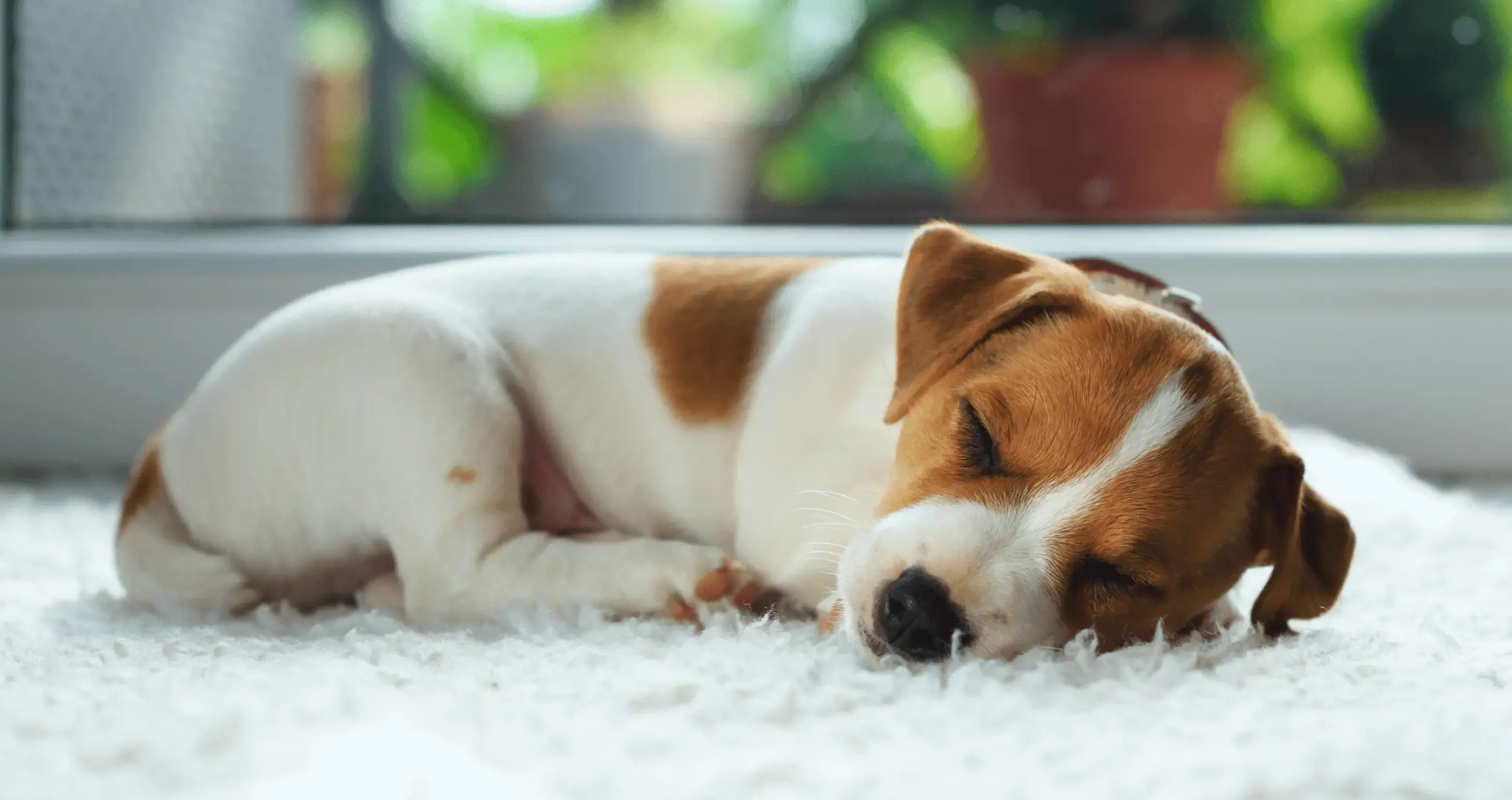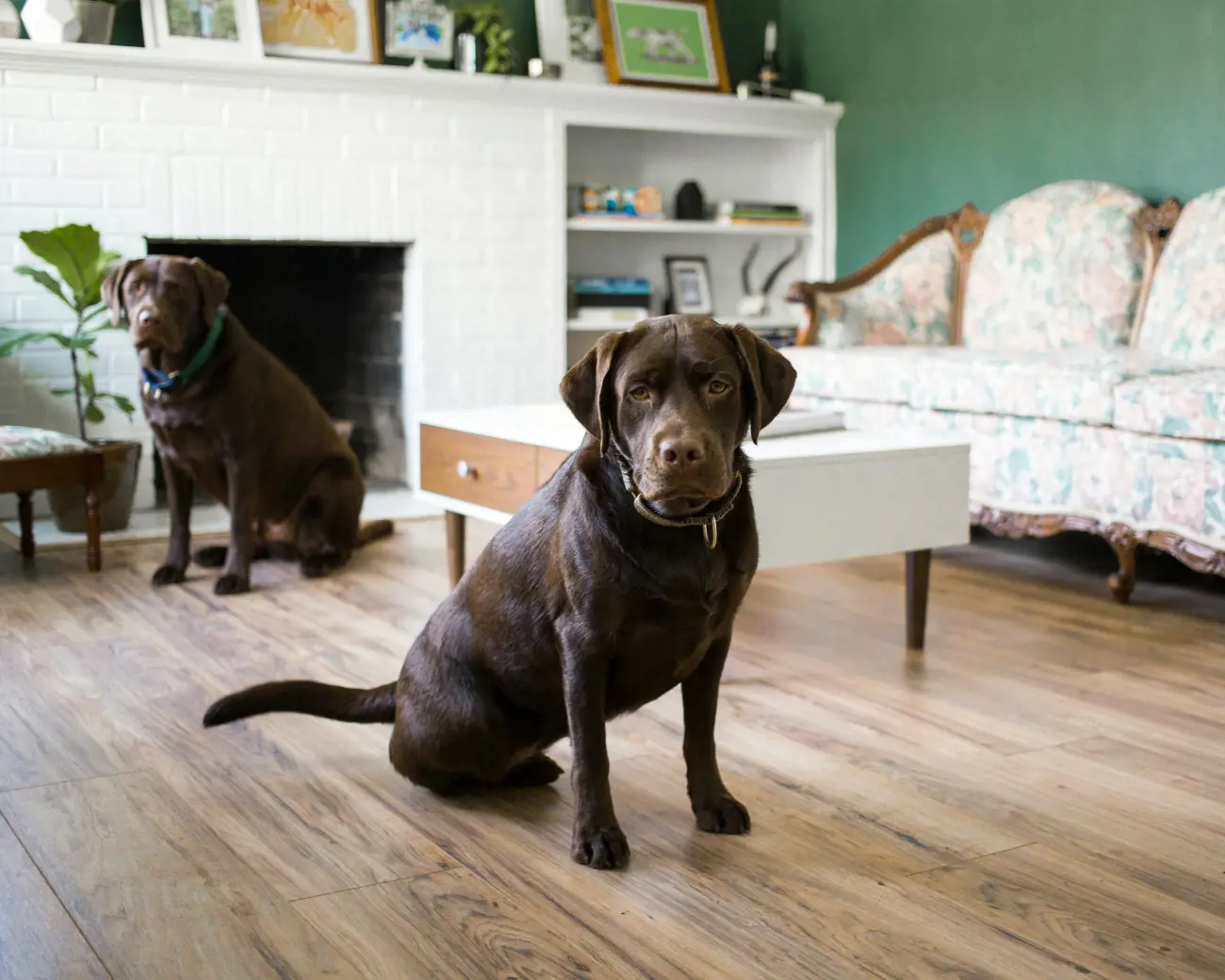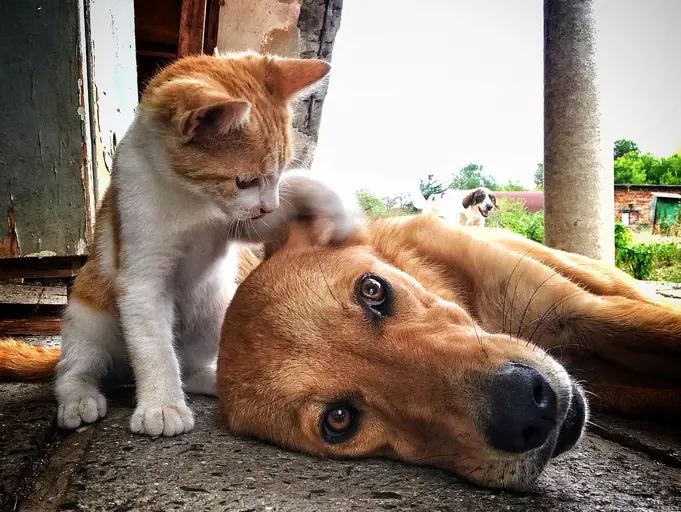Do cats with wild roots make good pets?
19th November, 2025

Wild cat breeds certainly catch the eye with their stunning looks and exotic heritage. Here in the UK, we’re definitely a nation that adores our feline friends – 24% of UK adults own a cat. Yet some of us find ourselves drawn to something rather more extraordinary than your typical domestic moggie.
If you’re wondering whether these cats with wild roots make good pets, you’re not alone—many cat lovers are curious about what it’s really like to share your home with such a unique companion.
Take the Bengal, for instance, with its distinctive spotted coat and impressive size reaching up to 15lbs for males. Or consider the record-holding Savannah cat, standing an impressive 17.1 inches tall from shoulder to toe.
These magnificent cats offer you a genuine taste of the wild right in your living room. For many enthusiasts, owning a wild-looking or exotic cat is a dream—there’s a special allure in having a pet that resembles a leopard or other wildcat.
Before you fall head over heels for one of these stunning creatures, though, you’ll want to understand exactly what you’re signing up for. These aren’t just oversized versions of the domestic cats that make up 86% of the UK feline population.
They’re actually the fascinating result of crossbreeding domestic cats with wild species. The Bengal came about from breeding domestic cats with Asian Leopard Cats back in the 1980s, while the Savannah represents a cross between domestic cats and the wild African Serval.
While these domesticated wild cat breed variants can absolutely make wonderful furry companions for the right owners, they do come with some special requirements. You’ll need to think carefully about space, stimulation, and care.
Getting appropriate cat insurance for some of these unique breeds is also important, as their specific needs and potential health concerns often differ quite a bit from your standard domestic cat. However, it is important to note that some breeds may be excluded from cover for some insurers, so it’s important to check this with your provider.
What makes a wild cat breed different from a regular domestic cat?
Wild cat breeds aren’t your typical house cats – they represent a fascinating genetic crossroad where domestic felines meet their wild relatives.
Many of these hybrid breeds trace their evolutionary origins to wildcats, blending the traits of their wild ancestors with those of domestic cats. Think of them as living bridges between the familiar moggie purring on your sofa and the magnificent wild cats roaming distant lands.
Some of these remarkable hybrids are inspired by or resemble big cats, such as leopards and tigers, emphasising their wild ancestry and striking appearance. These remarkable hybrids can make exceptional pets for the right owners, though they typically need specialised care and often more extensive cat insurance to cover their unique health requirements.
Just like how a sports car needs different maintenance than a family saloon, these exotic beauties require a different approach to pet ownership.
Understanding hybrid ancestry
What makes these wild cat breeds possible comes down to some fascinating genetics. All cat species share remarkable genetic similarities - most wild cats have identical or nearly identical chromosome structures, with over 99% genomic identity between species of the genus Felis (which includes domestic cats) and more than 97% identity across the entire cat family.
This genetic closeness means successful breeding between different species can happen—domestic cats can be crossed with wild species to create unique hybrids—something that would be completely impossible in many other animal families.
You’ll often hear wild cat breeds described using “F” generations, which tell you exactly how far removed they are from their wild ancestors and refer to the early generations after the initial crossing:
-
F1 hybrids are first-generation offspring directly from a wild cat and domestic cat pairing
-
Each subsequent generation (F2, F3, etc.) typically involves breeding back to domestic cats
These crossings produce what is known as a hybrid breed, such as the Bengal or Savannah, which combine traits from both wild and domestic cats.
There’s an interesting genetic quirk worth knowing about: early generation male hybrids often suffer from infertility due to Haldane’s rule, a genetic principle affecting inter-species crosses. This explains why hybrids are bred through fertile female hybrids until male fertility returns in later generations.
The breeder plays am important role in selecting and breeding cats for desired characteristics, ensuring the health and temperament of each hybrid breed. Breeders are responsible for developing and maintaining these hybrid breeds, shaping their unique traits and appearances.
Common traits of wild cat breeds
Wild cat breeds stand out from your average house cat in some pretty remarkable ways. Think of them as the athletes of the feline world - built differently, more agile, and wired differently too.
Their temperament also sets them apart, often displaying energetic, playful, and sometimes more independent or wild personality traits compared to regular domestic cats.
Physical differences
-
Larger size and more muscular build
-
Distinctive wild-looking patterns (spots, rosettes, or marbling), including unique coat patterns such as leopard-like spots, marbling, and black grizzled tabby. Some breeds also display solid black, brown, or silver colour variations.
-
Large, distinctive ears that are reminiscent of their wild ancestors.
-
Some hybrids can have long hair and striking green eyes, adding to their exotic appearance.
-
Longer legs for running and climbing
-
More powerful jaws and teeth
Behavioural differences
-
Higher energy levels requiring extensive physical exercise
-
Stronger predatory drive and hunting instincts
-
Greater need for mental stimulation and enrichment
-
More territorial behaviours, including potential spraying
Many wild cat breeds are also highly social cats, requiring regular interaction and companionship to thrive. These physical traits aren’t just for show - they translate into very real needs in your home.
Those longer legs mean your cat will want to climb everything in sight. The muscular build comes with energy that needs an outlet, or you might find your furniture bearing the brunt of pent-up feline frustration.
Remember, these breeds often need specially structured environments with climbing opportunities, interactive toys, and plenty of space to roam. Insurance providers may take these factors into account when determining coverage, as wild cat breeds can sometimes cause more property damage than their fully domestic counterparts.
Just like a Border Collie needs more than a leisurely stroll, these cats need more than a feather wand and a scratching post.
Examples of domesticated wild cat breeds
Several wild cat breeds have captured the hearts of enthusiasts seeking exotic companions:
Bengal
These striking cats came about through crossing the Asian leopard cat with domestic cats, primarily Egyptian Maus. The Bengal cat breed is known for its exotic appearance, playful and energetic nature, and love for water.
Bengal cats have distinctive leopard-like spots and should not be confused with Bengal tigers, despite their wild look. For a cat to qualify as an official Bengal, it needs at least 1/16th Asian leopard cat DNA. Their unique hybrid origin and the traits of Bengal cats make them highly sought-after pets.
Savannah
The result of crossing domestic cats with the African serval, Savannahs stand out with their tall, lean builds and remarkably dog-like personalities. The breed originates from Africa and is inspired by big cats like lions and tigers.
First generation F1 Savannahs can carry up to 50% wildcat DNA. Many locations require Savannahs to be at least four generations removed from their wild ancestors before they can be kept as pets. It is important to mention that we do not provide cover for Savannah cats.
Chausie
Developed by crossing the jungle cat (Felis chaus) with domestic breeds like Abyssinians or Oriental Shorthairs, Chausies are known for being athletic and social. The jungle cat, native to parts of Asia and Africa, plays a significant role in hybridisation, contributing to the Chausie's wild appearance and energetic personality.
Interestingly, male fertility returns after fewer back-cross generations (2-3) compared to Bengals or Savannahs, suggesting these cats have closer genetic compatibility. It must be noted that we do not offer cat insurance cover for Chausie’s.
Serengeti
Unlike the direct wild hybrids mentioned above, Serengetis were created through crossing Bengals with Oriental Shorthairs and are influenced by the Siamese cat.
The breed is considered domestic and was created to achieve a serval-like appearance without any serval blood. Serengetis are known for their fascination with watching birds, a behaviour linked to their hunting instincts and active, curious personalities.
Cheetoh
This relatively recent addition to the wild cat breed family combines Bengal and Ocicat genetics. The result is a gentle yet wild-looking breed with distinctive spotted patterns, suitable for pet parents seeking a family-friendly exotic kitty.
Pixiebob
The Pixiebob breed is inspired by the wild bobcat and bobcats, featuring a bobbed tail and tufted ears reminiscent of its wild counterpart. Despite its appearance, the Pixiebob is fully domestic.
Some breeds, like the Bengal and Toyger, are bred to resemble tigers, with striking striped patterns and tiger-like looks, while the lion is another big cat that inspires hybrid breeds. They can be prone to specific health issues including inflammatory bowel disease, hypertrophic cardiomyopathy, and certain parasitic infections.
The most popular wild cat breeds and their personalities
These exotic felines bring together stunning looks with surprisingly manageable temperaments, though they’re definitely not your average house cat.
Many of these breeds are highly intelligent, which contributes to their unique personalities and makes them more trainable than typical domestic cats.
If you’re considering one of these breeds, getting proper cat insurance becomes essential, as their unique characteristics often mean they need specialised veterinary care.
Bengal: Your chatty water-loving companion
Picture a miniature leopard with the personality of your most playful friend – that’s a Bengal for you. Bengal cats are known for their playful and intelligent nature, often surprising owners with their clever antics.
These spotted beauties can reach up to 15lbs and possess remarkable intelligence that’ll surprise you daily. They’re the type of cat that remembers where you hide their favourite treats and figures out how to open cupboard doors.
Bengal cats should not be confused with Bengal tigers; while they share a similar name and exotic appearance, Bengal cats are a domesticated breed with unique traits and a friendly, energetic personality.
What makes Bengals truly special is their unusual relationship with water. While most cats avoid baths at all costs, your Bengal might actually hop in the shower with you or play with the running tap for hours.
They’re also incredibly vocal – expect detailed conversations about their day, especially when dinner’s running late. These cats form incredibly strong bonds with their families and generally get along well with children and cat-friendly pets.
Savannah: The dog in cat's clothing
Have you ever wondered what it would be like to have a cat that acts like a dog? Savannahs are your answer. These tall, elegant cats with their striking spotted coats will follow you from room to room, genuinely interested in whatever you’re doing.
The Savannah cat was awarded championship status by the International Cat Association (TICA) in 2012, marking its official recognition and eligibility to compete in feline shows.
Their adventurous spirit makes them brilliant candidates for leash training – yes, you can actually walk your Savannah cat! Many owners are delighted to discover their cats enjoy games of fetch and, surprisingly, bath time. It’s quite something to watch a cat voluntarily jump into water.
F3 generations and beyond tend to work best in family homes, as they’ve retained enough wild spirit to be interesting without being overwhelming.
Without proper mental stimulation, though, they might redecorate your home in ways you didn’t plan for. It is important to mention that we do not provide cover for Savannah cats.
Chausie: The gentle giant with social needs
Among the largest domesticated cats you’ll find, Chausies can tip the scales at up to 30 pounds. Don’t let their size fool you – these are gentle, affectionate cats that develop deep emotional bonds with their families. Chausies are known for their distinctive coat colours, which can include solid black, giving them a striking and unique appearance.
These athletic cats absolutely hate being alone. If you work long hours regularly, a Chausie probably isn’t the right fit for your lifestyle. They thrive on companionship and can become quite distressed when left to their own devices for extended periods.
Many Chausie owners find that an all-meat diet works best, as these cats can struggle with digestive issues on standard cat foods. This is something to bear in mind when choosing cat insurance that covers special dietary requirements. However, it is important to note that we do not offer cat insurance cover for Chausie’s.
Serengeti: Your velcro cat
The Serengeti earned its nickname “velcro cat” honestly – once they’ve bonded with you, expect a constant shadow. These cats combine Bengal genetics with Oriental Shorthair traits, creating a serval-like appearance without any direct wild cat genes. One of their most notable features is their large, distinctive ears, which contribute to their wild look and set them apart from other breeds.
They’re exceptionally chatty, inheriting the Oriental’s vocal nature. Initially shy around strangers, once they trust you, they’ll follow you everywhere and provide running commentary on household activities. Their impressive jumping abilities mean you’ll need plenty of vertical space and possibly some extra-tall cat trees.
Serengetis do best in households where someone’s usually around, as they genuinely prefer constant companionship to solitude.
Cheetoh: The family-friendly exotic

Created by crossing Bengals with Ocicats, the Cheetoh offers wild looks with a thoroughly domestic heart. Their distinctive coat pattern, often featuring bold spots or marbled markings, gives them a wild appearance reminiscent of their jungle cat ancestry. Despite their exotic appearance, they’re among the most affectionate and adaptable of the wild cat breeds.
These intelligent cats form deep family bonds and genuinely dislike being alone. They’re remarkably trainable – many learn their names quickly, come when called, and even master basic commands.
Their gentle nature makes them particularly suitable for families with children. Cheetohs tend to thrive in multi-pet households rather than as single cats, especially when paired with other playful companions.
What to consider before getting a wild cat breed
Owning domesticated wild cat breeds requires serious preparation and commitment.
Legal restrictions and housing rules
Legal regulations for wild cat breeds vary quite a bit depending on where you live. Here in the UK, ownership of early-generation hybrids (F1-F3) may require licences under the Dangerous Wild Animals Act 1976.
It is important to mention that we do not insure any animal listed under the Dangerous Wild Animals Act 1976. A 2023 survey found 187 such licences across 48 local authorities for various wild cats. Many landlords and housing associations also prohibit these breeds entirely.
The Governing Council of the Cat Fancy (GCCF) doesn't recognise Savannah cats on ethical grounds. Planning a move? Remember that regulations differ between regions - what's perfectly legal in your current location might be prohibited elsewhere.
Time and attention requirements
Wild cat breeds demand substantial daily attention. While most cats need at least 20-30 minutes of undivided attention daily, wild cat breeds typically require significantly more.
These active companions need constant interaction and stimulation, making them suitable primarily for experienced owners who are home frequently.
Without adequate engagement, these cats often develop problematic behaviours like excessive vocalisation, destructiveness, and inappropriate elimination. Are you prepared to dedicate several hours each day to your feline friend?
Grooming and health care needs
Grooming requirements vary by breed. Regular sessions help you monitor your cat's health while removing dust and loose hair. Long-haired hybrids typically need daily grooming to prevent matting, whereas short-haired varieties require weekly maintenance.
Different breeds face distinct health challenges, so researching breed-specific issues is essential before committing. Your vet bills may be higher than expected.
Feeding and exercise demands
Many wild cat breeds benefit from diets closer to their natural eating patterns. Studies show feral cats consume approximately 52% of calories from protein and 46% from fat, with only 2% from carbohydrates.
Exercise requirements exceed those of typical domestic cats - consider puzzle feeders, climbing structures, and interactive toys to channel their energy constructively. These cats won't be content lounging around all day.
Helpful Pages
Recent Posts

How much should my dog sleep?
04/11/25
Cook for your Pet Day!
29/10/25
Why do Labradors always look sad?
16/10/25Pet Insurance Quote
- 98% claims paid *
- Claims paid directly to vets
- 24/7 vet video consultations
- Interest free monthly payments
